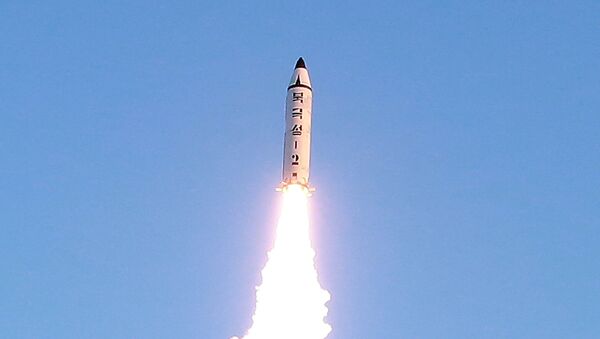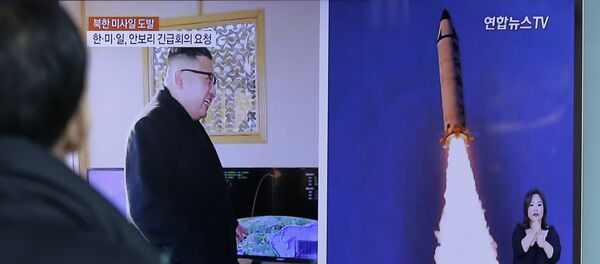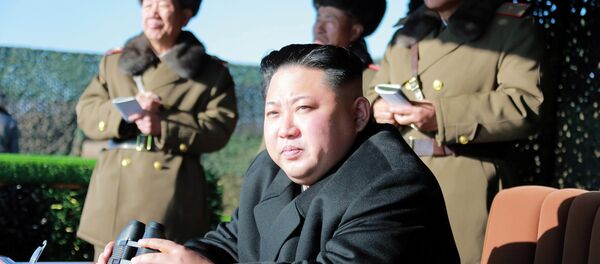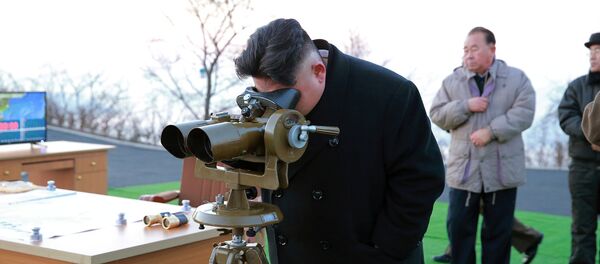Wednesday’s launch came a day ahead of US President Donald Trump’s meeting with Chinese counterpart Xi Jinping, and some think the timing may not be coincidental.
Early analyses suggest the projectile may have been a KN-15 medium-range missile, also known as the "Pukguksong-2," which features increased mobility, decreased detectability and shorter times for launch preparation, due to its use of pre-loaded solid fuel.
It is believed that the KN-15 missile was first launched in February and traveled about 310 miles. The most recent launch flew about 40 miles from the eastern port city of Sinpo, according to the South Korean military.
Some experts say the KN-15 may be a greater security threat than its first iteration, due to its ability to be launched from a vehicle. A second KN-15 test could also signal an advance in the development of a solid fuel projectile that could reach the US mainland, according to one expert.
There are conflicting views on what type of missile was used in the launch. On Wednesday, an unnamed White House official stated, "We are now certain it was a liquid-fueled Scud … It spun out of control after going only a fraction of its range."
Typically liquid fuel is used is Pyongyang’s missiles, and before the projectiles are fired they usually have to receive the fuel on the launch pad.
One South Korean official said, "The launch took place possibly in consideration of the US-China summit, while at the same time it was to check its missile capability."
"There's absolutely no reason for North Korea to fire the KN-15 again this way; the launch measurements show something similar to when developing missiles are flight-tested for the first time for data-gathering purposes," said analyst Kim Dong-yub from South Korea’s Institute for Far Eastern Studies.
Pacific Forum Center for Strategic and International Studies (CSIS) President Ralph Cossa said he expected a possible nuclear test from Pyongyang as Xi met with Trump, and posited that the launch may be a sign of more to come as Thursday’s summit approaches.
"I've joked before that they don't mind being hated but they definitely hate to be ignored," he said.
The North has demonstrated something of a penchant for conducting launches during significant political events, such as firing four missiles into the Sea of Japan as Prime Minister Shinzo Abe met with US Secretary of State Rex Tillerson last month.
Tillerson didn’t have much to say about Wednesday’s launch, remarking that "the United States has spoken enough about North Korea."
During a recent trip to Asia, Tillerson strongly implied that Washington was prepared to utilize military tactics to address North Korean provocation.
Japan strongly denounced the launch, with Chief Cabinet Secretary Yoshihide Suga calling it "extremely problematic."
Satellite imagery recently released by North Korean watchdog site 38 North shows increased excavation activity and the laying of communicating lines, indicating a possible test from the Punggye-ri nuclear test site.







